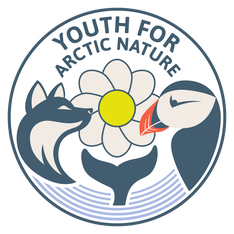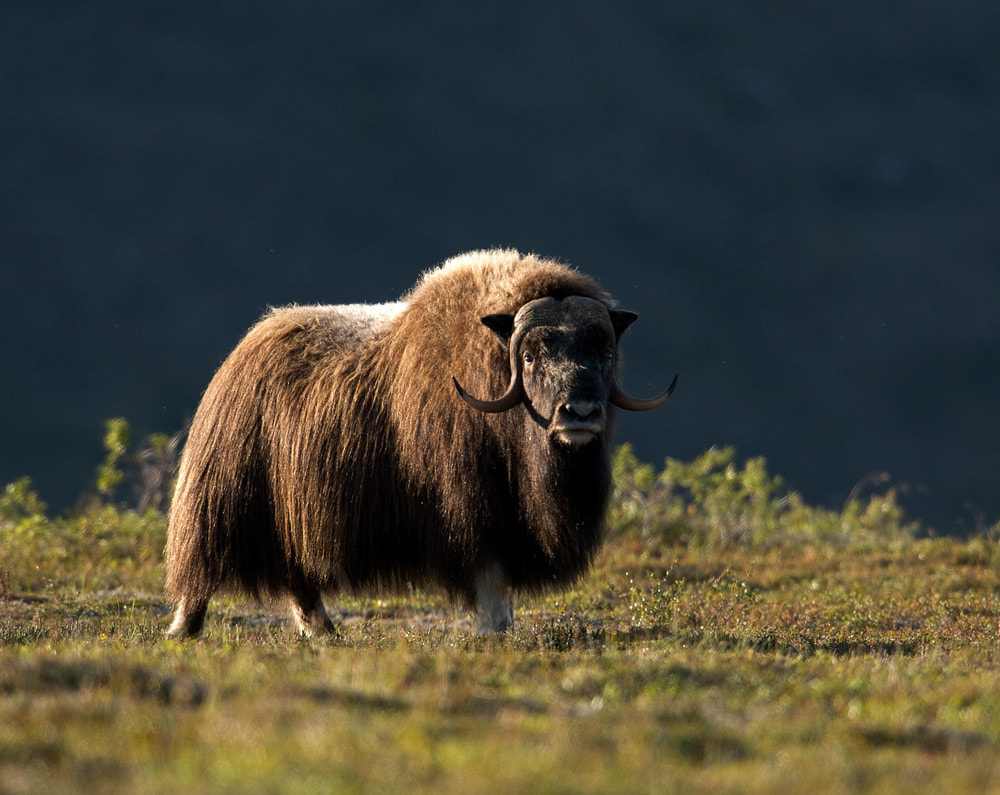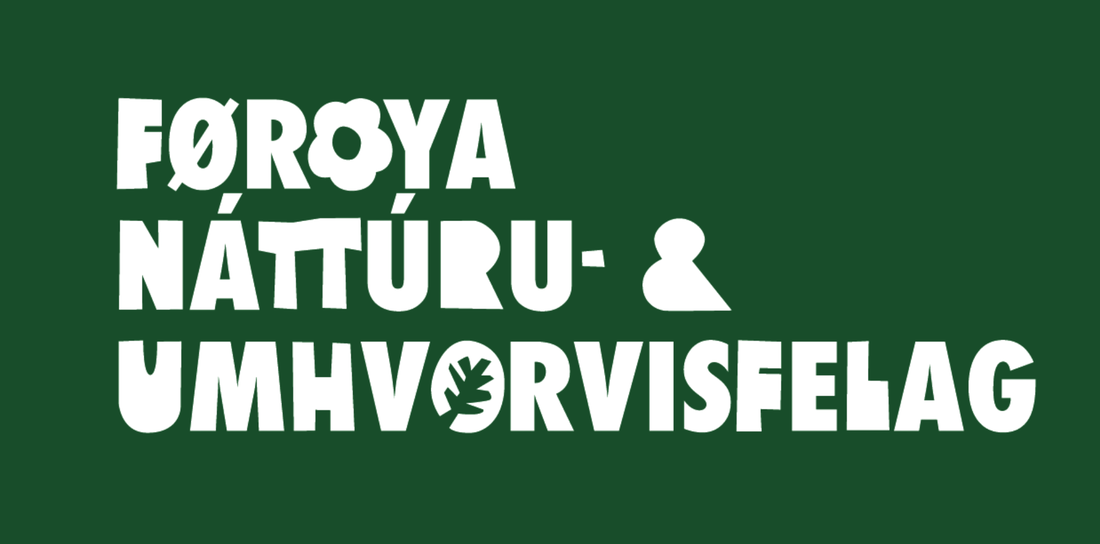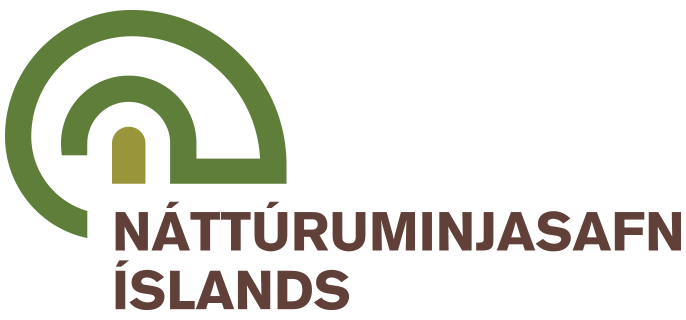|
Vulnerability: least concern Invasive: no Identification: easy Monitoring: difficult |
|
What is it? The muskox is a massive, long-haired animal, perfectly adapted to the frigid Arctic. It is a herbivorous ruminant that belongs to the family of bovids, like the cow, goat and buffalo. Both males and females have long, drooping, curved horns. Its coat ranges from brown to grey and black and almost reaches the ground. They are about 1m - 1.5m tall (height from the ground to the shoulder hump of the standing bull) and adult males can weigh up to 360kg. The muskox is gregarious, living in herds of two to three dozen individuals. They are most often found in the tundra. |
|
Where is it? Historically, the muskox was found in Alaska, Canada, Greenland, northern Europe and northern Asia. In 1920, its presence was restricted to eastern Greenland and Arctic Canada. Since then it has been successfully reintroduced in Alaska, western Greenland, Norway and Russia (Taimyr Peninsula and Wrangel Island). However, attempts to introduce it to Svalbard and Iceland have failed. A small group of muskoxen from Dovrefjell (Norway) moved to Sweden. Climate change is likely to reduce the habitats available for this animal.
|
|
Interesting facts |
- The muskox has an undercoat of hair that increases insulation during the winter, which is then lost as temperatures rise. It can withstand temperatures as low as -40°C!
- The Inuit hunt muskox for its meat (food), fur (clothing) and horn (weapons and tools).
- Fossils found in Scandinavia (Denmark, Norway, Sweden) suggest that muskoxen lived alongside mammoths 30000 to 44000 years ago!
Pictures
- Cover picture: "Muskox" by Harlequeen is licensed under CC BY 2.0
- Presentation picture: "Golden Light Muskox" by Bering Land Bridge National Preserve is licensed under CC BY 2.0
References
- Gunn, A. & Forchhammer, M. 2008. Ovibos moschatus (errata version published in 2016). The IUCN Red List of Threatened Species 2008: e.T29684A86066477. https://dx.doi.org/10.2305/IUCN.UK.2008.RLTS.T29684A9526203.en. Downloaded on 28 September 2021.
- The Muskox Centre (Sweden): https://myskoxcentrum.se/about-the-muskox/
- Canadian Wildlife Federation: https://www.hww.ca/en/wildlife/mammals/muskox.html
- National Geographic: https://www.nationalgeographic.com/animals/mammals/facts/musk-ox















